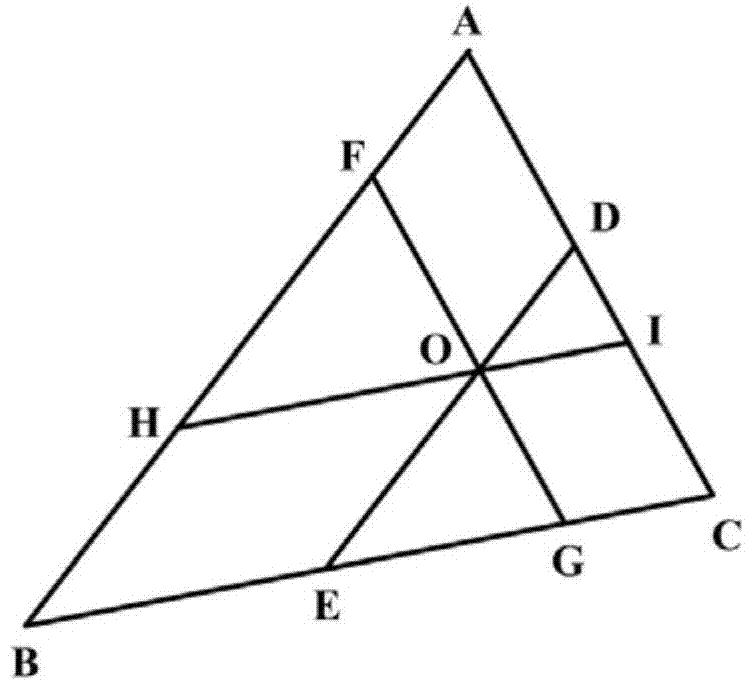A Method for the Semiquantitative Analysis of Trace Compounds Using Surface-Enhanced Raman Spectroscopy
A surface-enhanced Raman, quantitative analysis technology, applied in Raman scattering, material excitation analysis, etc., can solve problems such as alarming workload, achieve accurate identification methods, and reduce spectral data.
- Summary
- Abstract
- Description
- Claims
- Application Information
AI Technical Summary
Problems solved by technology
Method used
Image
Examples
Embodiment 1
[0053] In order to prove that the principal component analysis method in this invention can determine the mixed solution components of completely different chemical substances, three dyes methyl orange (MO), methylene blue (MB) and crystal violet (CV) are selected as modeling substances. The experimental and analysis steps are as follows:
[0054] 1. Prepare the concentration of the three dyes as 5×10 -6 Aqueous solution of M.
[0055] 2. Take 3mL each of MO, MB, and CV solutions, and the soaking area is about 25mm 2 SERS basis for half an hour. After soaking, put the SERS substrate flat on a glass slide to dry, and the dye molecules have been adsorbed on the substrate.
[0056] 3. Use the BWTEK portable Raman spectrometer to measure the Raman spectrum of the dye molecule. The laser wavelength is 785nm, the power is 300mW, and the integration time is 5s. Randomly select 10 positions on each sample to measure the spectrum, and the difference in the measured spectra is very...
Embodiment 2
[0076]In order to prove that the principal component analysis method in this invention can determine the mixed solution composition of chemical substances similar in structure and Raman spectrum, choose three homologues 2-chlorobiphenyl (2-CB), 3 -Chlorobiphenyl (3-CB) and 4-chlorobiphenyl (4-CB) were used as model substances. The experimental and analysis steps are as follows:
[0077] 1. Prepare the concentration of the three respectively to 5×10 -5 M of acetone solution, and drop 3 μL in an area of approximately 25mm 2 On the SERS substrate, after the acetone volatilized, the monochlorobiphenyl molecules had been adsorbed on the substrate.
[0078] 2. Use the BWTEK portable Raman spectrometer to measure the Raman spectrum of monochlorobiphenyl molecules. The laser wavelength is 785nm, the power is 300mW, the integration time is 20s, and 10 positions are randomly selected on each sample to measure the spectrum.
[0079] 3. Using the Kennard-Stone algorithm, the 10 Rama...
PUM
| Property | Measurement | Unit |
|---|---|---|
| length | aaaaa | aaaaa |
| diameter | aaaaa | aaaaa |
Abstract
Description
Claims
Application Information
 Login to View More
Login to View More - Generate Ideas
- Intellectual Property
- Life Sciences
- Materials
- Tech Scout
- Unparalleled Data Quality
- Higher Quality Content
- 60% Fewer Hallucinations
Browse by: Latest US Patents, China's latest patents, Technical Efficacy Thesaurus, Application Domain, Technology Topic, Popular Technical Reports.
© 2025 PatSnap. All rights reserved.Legal|Privacy policy|Modern Slavery Act Transparency Statement|Sitemap|About US| Contact US: help@patsnap.com



